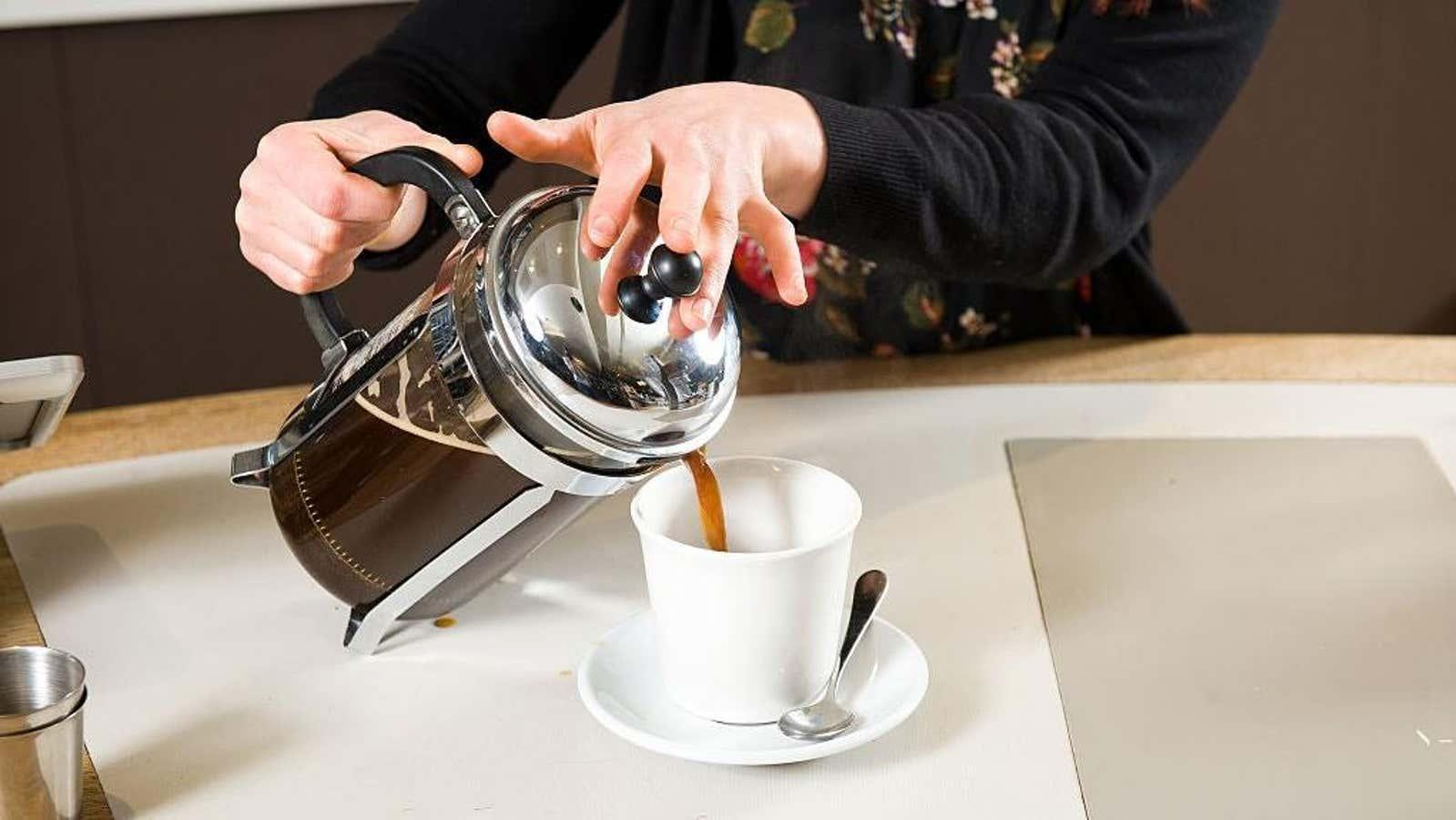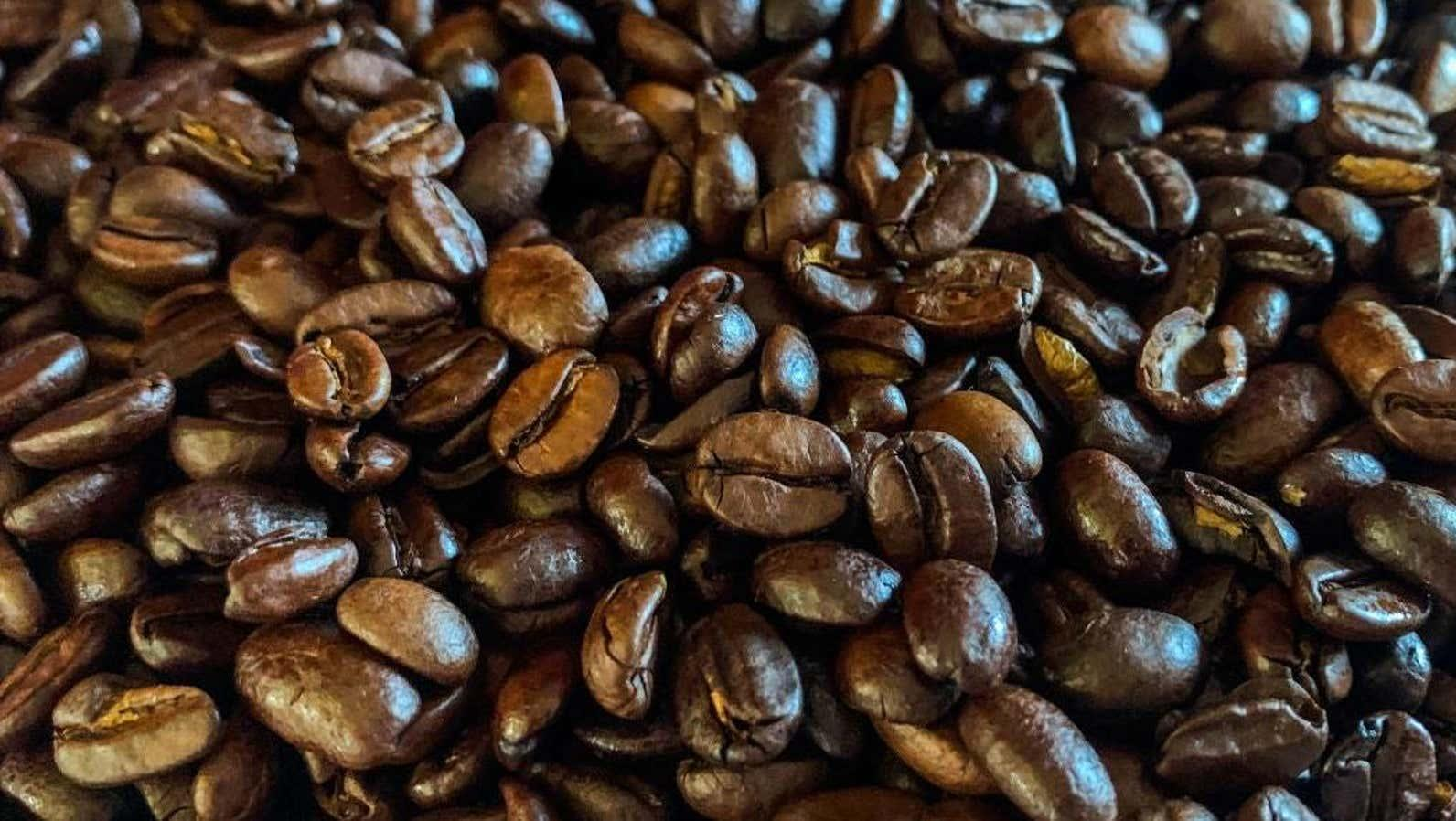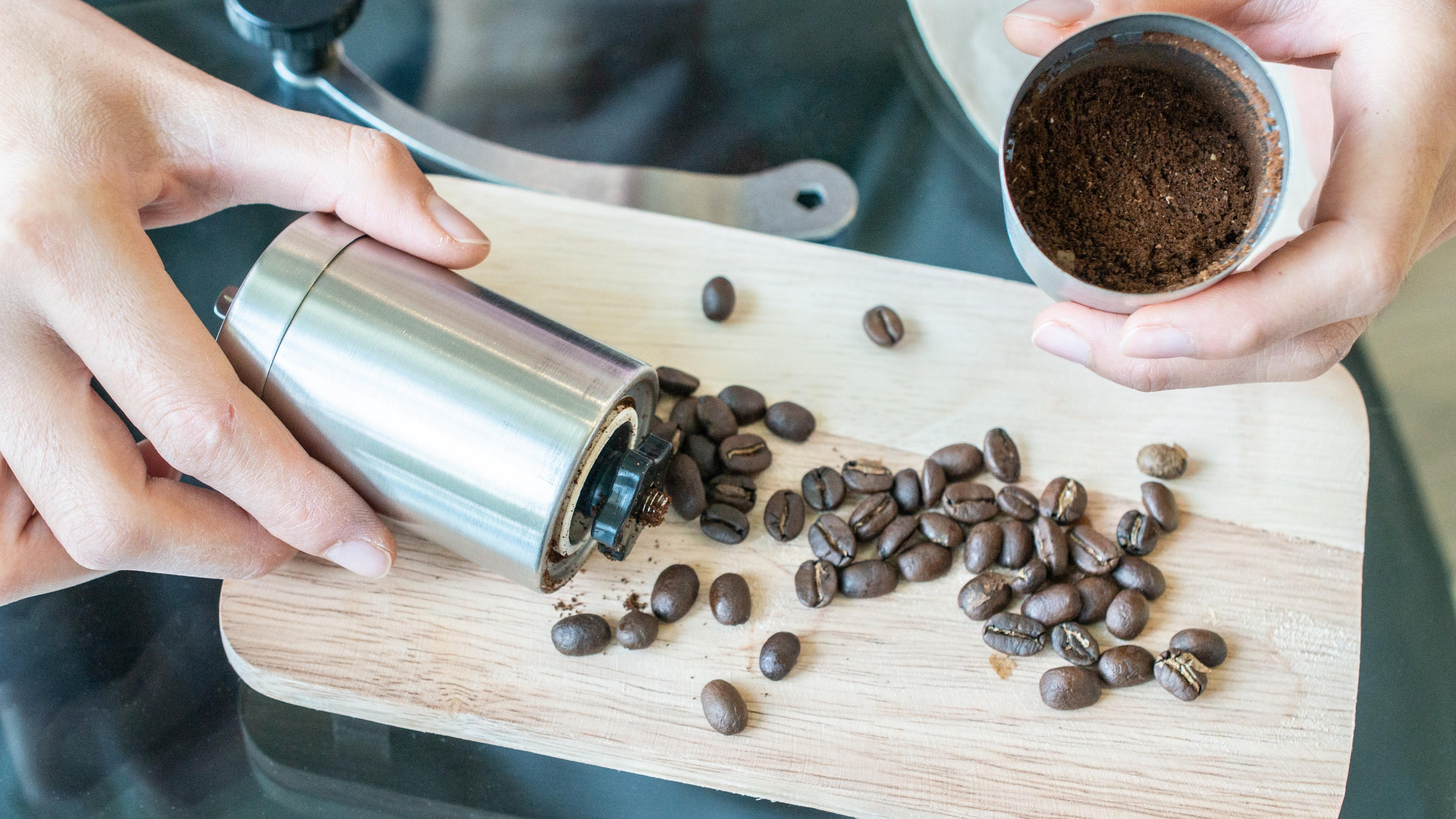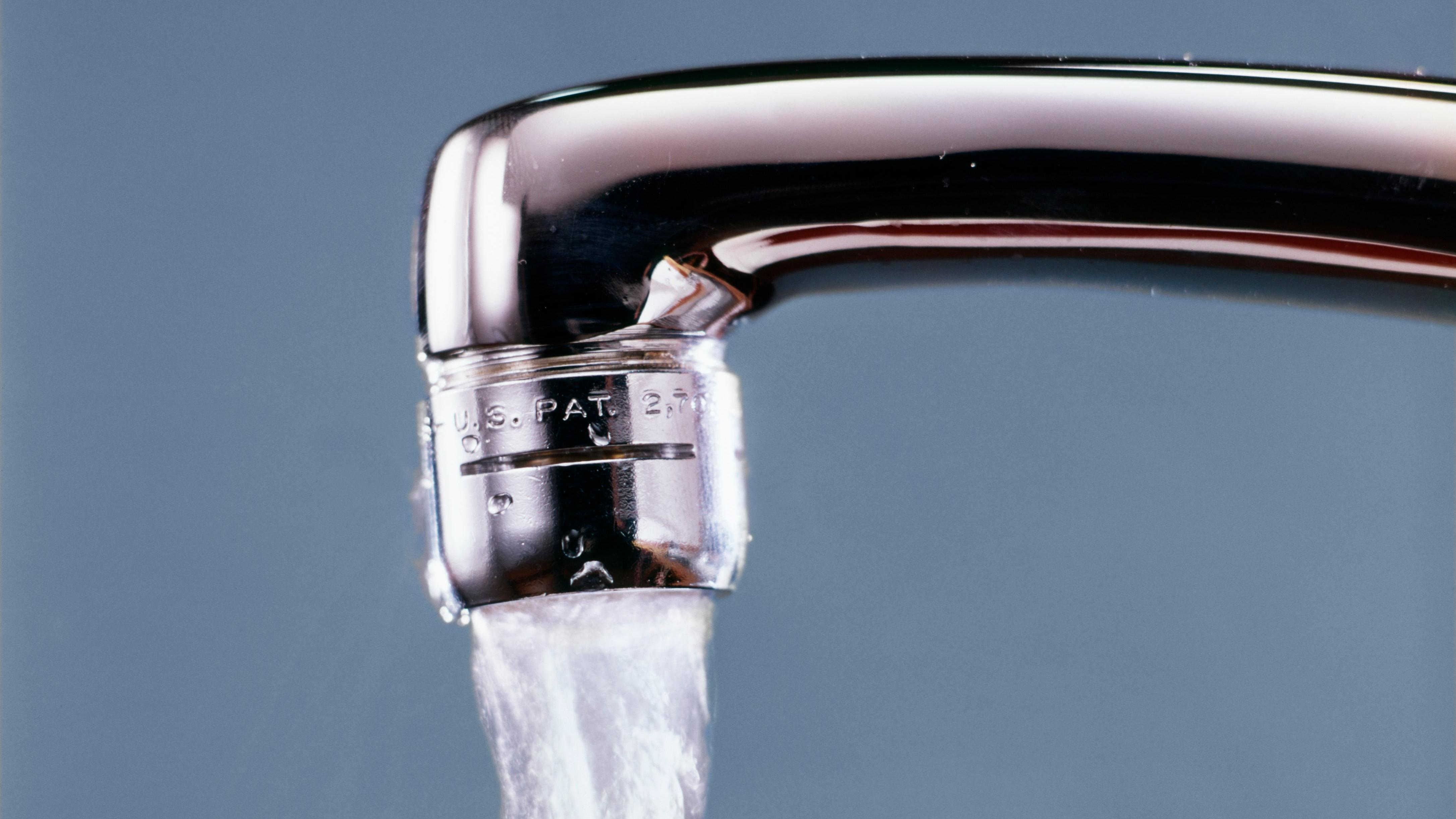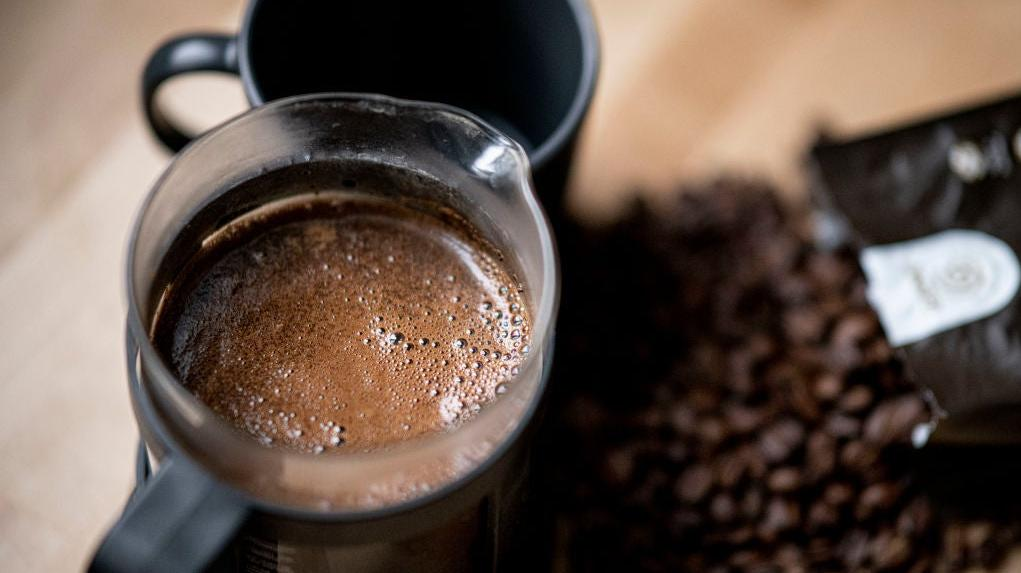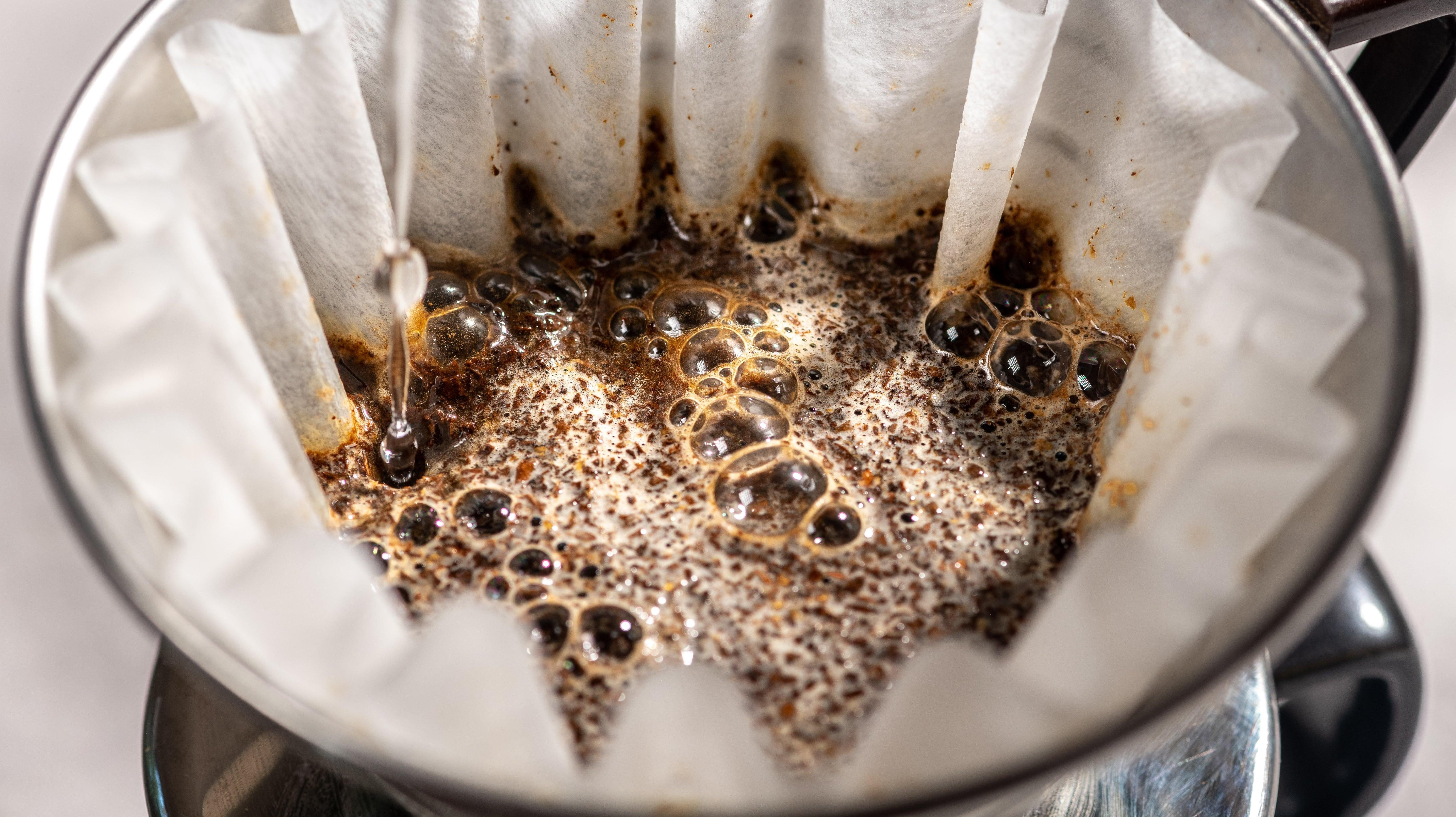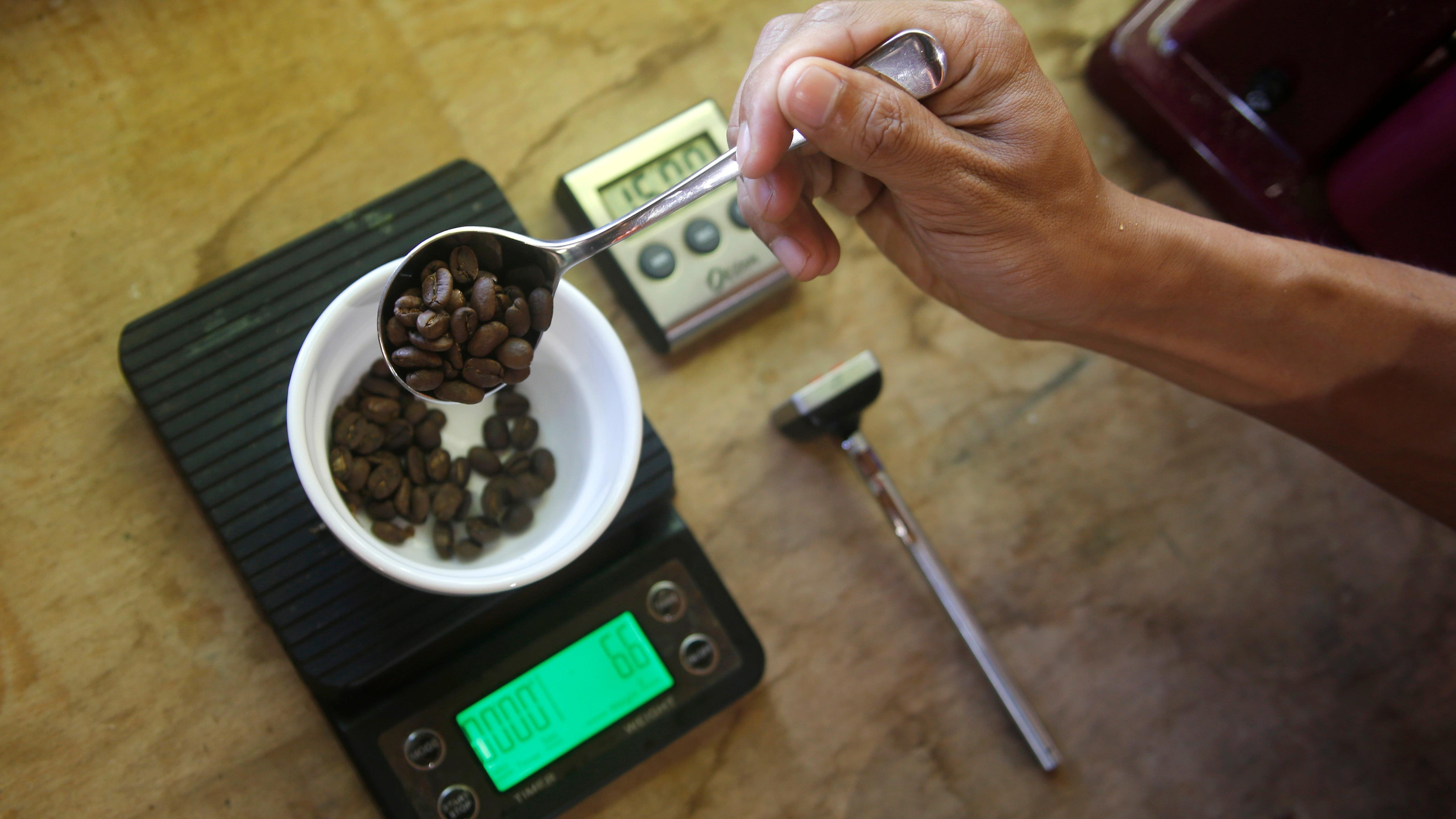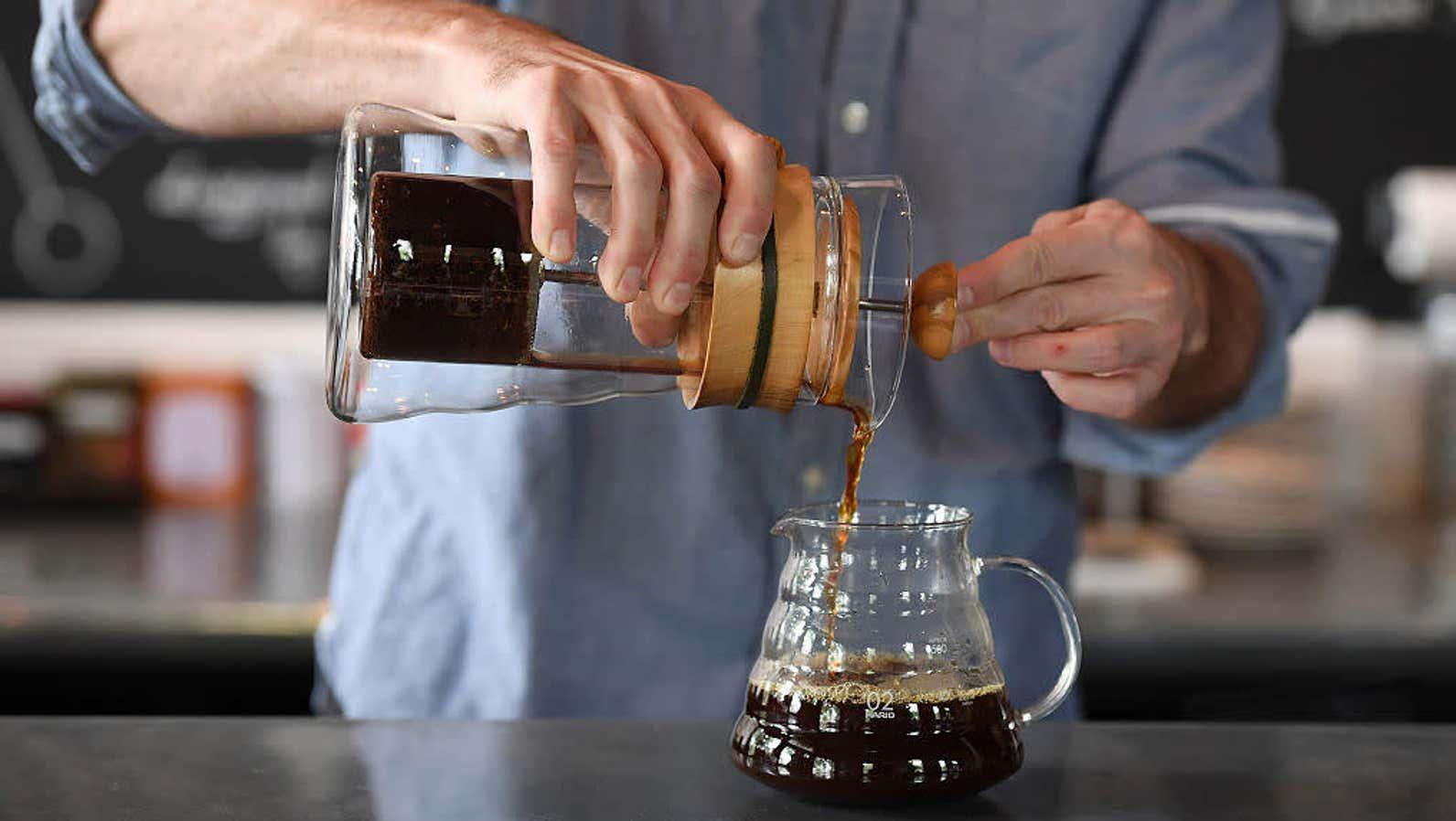7 Tips For Brewing The Most Enjoyable Cup Of Coffee
It all comes down to the right water, the right beans, and the right approach.
There are few feelings that match that first sip of coffee in the morning. Just one cup can set the tone for your entire day—and because one drink can have such power over your daily life, why not make it the absolute best it can possibly be? With just a few tweaks to your coffee brewing setup, your caffeine routine will taste way better.
Brewing an amazing cup of coffee for yourself every morning does not have to be complicated or even time consuming. It doesn't take a barista to brew a perfect cup (but we did consult some). Learn these techniques today and you can start each morning with a new level of coffee satisfaction.
Use fresh coffee beans
Your coffee will only ever be as good as the coffee beans you select for brewing. The beans are the foundation of your cup, and if that's not right, getting the rest right won't make up for it.
Your best bet is to buy whole-bean coffee. If there's a local coffee shop you love, why not take their beans home to enjoy? Some coffee shops will even grind the beans for you in house if you just ask. This way you know you're getting the freshest stuff possible. (Though it'll be even fresher if you grind them at home immediately before brewing.)
Find the right coffee grinder
Attempting to grind whole coffee beans with anything other than an actual coffee grinder is pretty much a lost cause. Without one, you can't guarantee the uniformity of the grounds. If you're buying whole bean coffee (which we recommend) and you're not going to take them somewhere to be ground, the best thing to do is buy yourself a grinder. Matt Scottoline, director of coffee for Philadelphia's Reanimator Coffee, recommends a burr grinder, which produces grounds that are relatively uniform in size. Scottloline also emphasizes that you should wait to grind your beans until right before you are ready to brew your cup, once again to ensure freshness.
Do not use regular tap water to brew your coffee
Tap water is a big no if you're trying to brew a quality cup of joe. Water straight from the tap contains contains minerals and chemical compounds that can alter the flavor of your brew. However, avoiding the tap does not mean that you need to buy cases of bottled water to make your morning coffee. Instead, buy a filter that can attach to your faucet, or get yourself a charcoal-filter water pitcher, like a Brita.
Brew at the right temperature
In addition to using filtered water, the actual temperature of the water as you're making coffee is also crucial, as it can have a significant impact on the final product. The ideal brewing temperature is roughly 200 degrees, so if you're using a French press or pour-over device, simply bring the water to a boil, which will put it at 212 degrees. Once once it's added to the grounds, it will come down to the ideal temperature as the grounds steep.
Know your coffee machine
Depending the type of coffee brewer you're using at home, other elements of your setup may need to be adjusted. For example, when using a French press you'll want to be sure that you have a more coarse grind on your beans. Steer away from very finely ground coffee beans when using a French press because the metal filter will end up creating a sort of sludge when you press down.
Dathan Denton, a lab technician for specialty coffee brand Red Fox Coffee Merchants and a former barista, also explains that many automatic systems (such as a drip coffee maker) will percolate hot water but never actually get it to the proper temperature for brewing coffee, which he deems "wasted potential." Make sure you're buying a machine capable of creating a cup of coffee that meets your standards, whatever those may be.
Ensure the proper ratio of water to coffee grounds
It's better to measure coffee by weight than by volume because of its varying densities. The best method to create the optimal cup is to weigh both the grounds and the water, which will help you to determine how much coffee to brew using ratios. Finding the ratio that works for you will take some trial and error, but a good formula to start with is between 14-17 parts water to one part coffee.
Along with the proper ratios, you should also take note of how the hot water comes into contact with the coffee. For example, if using a drip system, you want the part of the machine that releases the hot water into the coffee grounds to be more of a spray-type head. If the stream is just coming out of a pinhole-like opening, not enough of the hot water is coming into contact with the grounds to make for a solid cup of coffee.
Understand the difference between cold brew and iced coffee
To put it simply, iced coffee is regular brewed coffee served over ice, whereas cold brew is much stronger, highly concentrated, and comes from coarse coffee grounds steeping in water for at least 12 hours. Both can be made at home, but one involves a bit more work than the other.
To make cold brew, you will need a few more gadgets, like an AeroPress manual coffee maker or a Chemex. Both are beloved by coffee connoisseurs and allow you the control to create the cold brew you want. You'll still pour over ice, but the key is to use a strong coffee-to-water ratio. If you're not looking for new equipment, though, you can always try using a French press.
